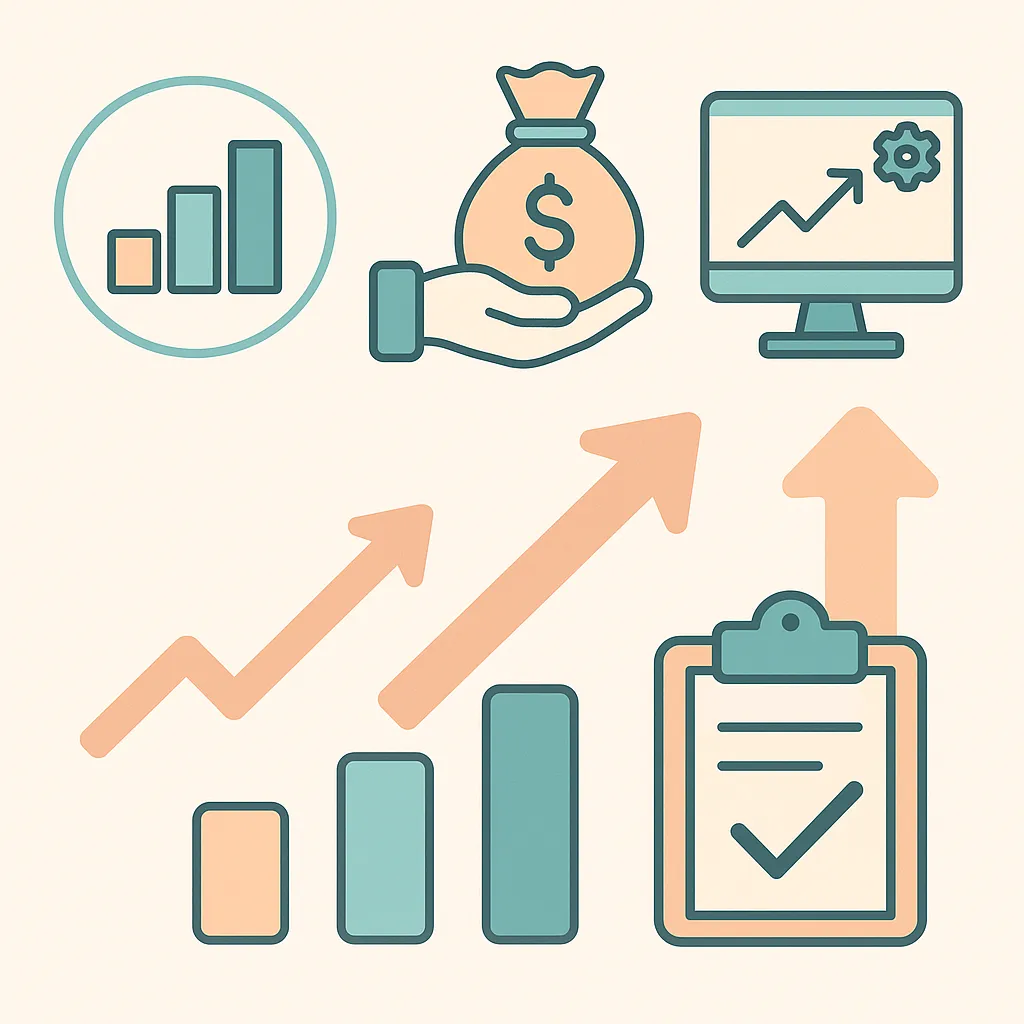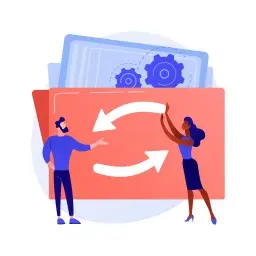Simple Versus Compound Interest Fundamentals - Part IV
7. Balloon and Interest-Only Payment Arrangements
1. Balloon and Interest-Only Payments Explained
Balloon loans and interest-only loans both keep early cash-flow demands low, but they do so in different ways.
A balloon loan lets borrowers make relatively small installments—often covering interest only—for a set term of three, five, or seven years, then requires one “balloon” installment that can be several times larger than any prior payment and may equal the entire outstanding principal.[24] The Consumer Financial Protection Bureau defines a balloon as any final installment more than twice the average of preceding payments and warns that many borrowers underestimate the difficulty of refinancing or liquidating assets before the big day arrives.[25] Interest-only mortgages work similarly during their introductory phase: for five to ten years the borrower remits only interest, which can cut the initial monthly bill by 30 percent or more.[26] When that phase ends, the loan either converts to full amortization—causing a payment spike—or calls the entire balance due as a balloon.
Because no principal is retired early on, equity builds slowly and the borrower is exposed to rate hikes if the loan is adjustable.[27]
2. Strategic Planning and Risk Mitigation
Well-structured exit strategies are vital because the affordability advantage disappears precisely when the outstanding balance is largest. Commercial developers often time their balloon to coincide with project cash-flow, while homeowners tend to rely on one of three options: (1) refinance into a standard amortizing loan, (2) sell the collateral asset, or (3) pay the lump sum from savings or a windfall.
Yet each path has pitfalls—property values can fall, credit standards can tighten, and interest rates can rise, making refinancing costlier than the original loan.
Federal rules now bar balloon features from most Qualified Mortgages, with a narrow exemption for small rural creditors.[28] To stress-test your plan, consider the following checklist:
- Project best- and worst-case interest rates at the reset date.
- Track equity so loan-to-value stays below 80 percent to ease refinancing.
- Build a sinking fund that grows by at least one-twelfth of the balloon each year.
- Revisit market liquidity six to twelve months before maturity.
History shows why discipline matters: during the 2003-06 boom the national share of interest-only mortgages jumped from 2 percent to 19 percent and then soured when home prices stalled.[29]
1. Did you know?
At the peak of Phoenix’s housing frenzy in 2006, more than 40 percent of newly issued first-lien mortgages were interest-only—double the national average—illustrating how back-loaded loans concentrate risk in overheated markets.
8. Finish Strong – Your Loan-Optimisation Checklist
1. Why an annual tune-up matters
Mid-career professionals often juggle mortgages, auto loans and graduate-school debt simultaneously. Treat every loan like a subscription that must continually prove its value. At least once a year – or whenever the Federal Reserve adjusts policy – pull your statements and compare the annual percentage rate with fresh market averages; if your rate is a full percentage point higher, refinancing may be worthwhile but only after running a break-even test.

Closing costs typically land between 2 % and 6 % of the remaining balance [30]. Divide those costs by projected monthly savings to learn how long the new loan needs to “earn out.” Before applying, boost your profile by trimming revolving balances, because lenders reward debt-to-income ratios below 36 % with sharper quotes [31].
Finally, match amortisation to your career horizon: moving from a 30- to a 15-year schedule can slash lifetime interest, yet only makes sense if the higher payment still leaves room for retirement contributions [32].
2. Mid-career checklist – tick every box
Use the six-point checklist below before you sign, refinance or accelerate any loan, and reread it whenever your income or market conditions shift:
- Annual rate audit – compare your APR with new-loan offers and flag any gap of at least one percentage point.
- Break-even math – total closing costs (2 – 6 % of balance) and divide by expected monthly savings to be sure you recoup fees within your planned tenure [33].
- Credit fitness – nudge your score higher and push DTI under 36 % to unlock lower quotes [34].
- Penalty patrol – comb the fine print for prepayment or refinance penalties that could erase savings.
- Extra-payment plan – schedule bi-weekly or lump-sum principal payments; even an extra $100 a month can dramatically shrink interest [35].
- Calendar reminders – set semi-annual alerts to revisit goals, recalibrate cash-flow projections and update payoff strategy as salary and risk tolerance evolve.
Mastering these habits keeps interest costs low and ensures every loan continues to serve, not sabotage, long-term wealth.
1. Speedy payoff bonus
An extra payment of only $100 each month on a 30-year, $200 000 mortgage can knock more than 4½ years off the term and save roughly $26 500 in interest !
References
- [24] Investopedia—Balloon Payment
- [25] CFPB—What Is a Balloon Payment?
- [26] Bankrate—Interest-Only Mortgage
- [27] Forbes Advisor—Interest-Only Mortgage
- [28] CFPB—Balloon Exception for Rural Lenders
- [29] Chicago Fed—Interest-Only Mortgages in Hot Markets
- [30] CNBC – When to refinance your mortgage
- [31] NerdWallet – Weekly mortgage-rate report
- [32] Investopedia – Mortgage amortisation strategies
- [33] CNBC – When to refinance your mortgage
- [34] NerdWallet – Weekly mortgage-rate report
- [35] Wells Fargo – Loan amortisation & extra payments



